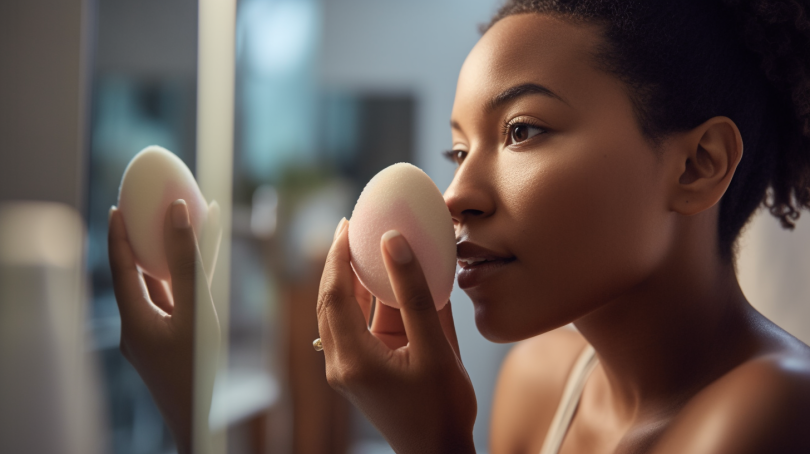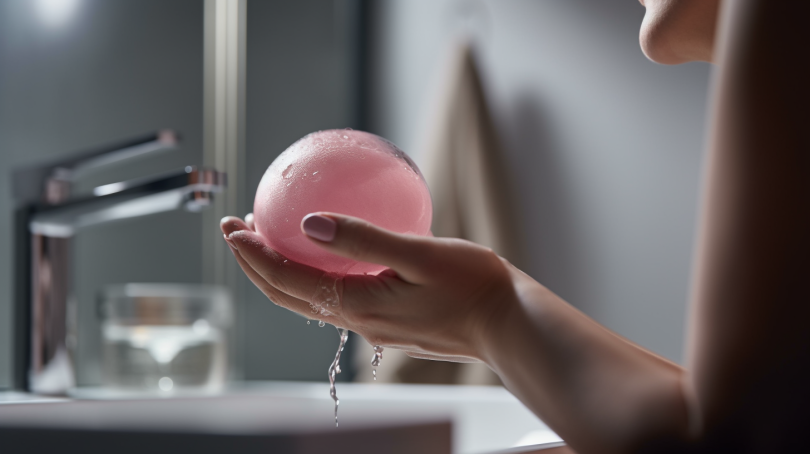What is a Doe Foot Applicator? A Beginner’s Guide to Understanding this Makeup Tool
Welcome to our beginner’s guide to understanding the doe foot applicator, a versatile tool that has become a staple in many makeup kits. Whether you’re a makeup enthusiast or just starting your journey into the world of cosmetics, understanding how to use this applicator can greatly enhance your makeup application skills. In this comprehensive guide, we’ll explore what exactly a doe foot applicator is, its benefits and challenges, and provide practical tips for using it effectively.
What is a Doe Foot Applicator?
A doe foot applicator refers to a small, paddle-shaped sponge or brush attached to the cap of various cosmetic products such as lip glosses, liquid lipsticks, concealers, and cream eyeshadows. Its name originates from its resemblance to the delicate hoof of a female deer (a doe), which is narrow at one end and gradually widens towards the other end.
The sponge or brush tip is typically made from synthetic materials that are soft, flexible, and easily maneuverable on the skin. The handle of the applicator is usually made from plastic or metal for easy gripping and control during application.
How Does a Doe Foot Applicator Work?
The doe foot applicator works by picking up product from its container and evenly distributing it onto the desired area of the face. Its shape allows for precise application along the contours of the lips or eyes, making it ideal for creating defined lines or filling in larger areas with ease.
When using a doe foot applicator, simply dip it into the product container and lightly swipe it across your lips or eyelids. The softness and flexibility of the sponge or brush tip ensure smooth and seamless application without any streaks or patchiness.
Benefits of Using a Doe Foot Applicator
1. Precise Application: The doe foot applicator’s narrow and tapered shape allows for precise application, making it an excellent tool for achieving defined lines and filling in small areas. This precision is especially beneficial when applying lip products or cream eyeshadows that require intricate detailing.
2. Hygienic: Unlike brushes or fingers, the doe foot applicator offers a more hygienic application method. The sponge or brush tip can be easily cleaned or replaced, minimizing the risk of bacterial contamination and ensuring a fresh application each time.
3. Versatility: The doe foot applicator is versatile and can be used with various types of cosmetic products. It is commonly found in lip glosses, liquid lipsticks, concealers, and cream eyeshadows. Its adaptability makes it a convenient tool to have in your makeup collection.
Challenges of Using a Doe Foot Applicator
While the doe foot applicator offers many benefits, there are also a few challenges to keep in mind:
1. Product Wastage: Due to its design, the doe foot applicator tends to pick up more product than necessary, leading to potential wastage. To minimize this issue, it’s important to scrape off any excess product from the applicator before applying it to your face.
2. Limited Blending: Compared to brushes or sponges, the doe foot applicator may have limited blending capabilities. Its small size and firmness make it less suitable for blending out larger areas of product. It’s advisable to use additional tools like brushes or fingers to achieve seamless blending when necessary.
Tips for Using a Doe Foot Applicator
1. Prep Your Lips or Eyelids: Before using a doe foot applicator on your lips or eyelids, ensure that the area is clean, moisturized, and free from any dryness or flakiness. This will help the product glide on smoothly and prevent any uneven application.
2. Start with a Thin Layer: When applying lip products or cream eyeshadows with a doe foot applicator, start with a thin layer and build up if needed. This allows for better control and prevents excessive product buildup, which can lead to clumping or smudging.
3. Clean the Applicator Regularly: To maintain hygiene and ensure optimal performance, clean the doe foot applicator regularly. Wash it gently with mild soap and warm water, then let it air dry before using it again.
4. Experiment with Techniques: Don’t be afraid to experiment with different techniques when using a doe foot applicator. Try dabbing or patting motions for a more intense color payoff, or use gentle swiping motions for a softer look. Find what works best for you and your desired makeup style.
In Conclusion
The doe foot applicator is a valuable tool in the world of makeup application. Its precision, versatility, and hygienic nature make it an excellent choice for achieving defined lines and filling in small areas on the lips or eyes. While it may have some challenges like product wastage and limited blending capabilities, these can be easily overcome with proper techniques and additional tools when necessary.
Remember to experiment with different techniques and products to find what works best for you. With practice and patience, you’ll soon become proficient in using the doe foot applicator to enhance your makeup looks!




